Disruptive innovation is defined as any situation that shakes up the industry and causes the fall of previously successful endeavors. Disruptive innovation does not refer to a particular product or service at a point in time, but it applies to the development of a product or service over time. It is a process that focuses on the business model as well as the product or service. Netflix is a great example of disruptive innovation. It revolutionized the way people rent movies and watch TV shows by developing an innovative business model and services.
Disruptive technology is beneficial for the customers as it offers new products and services. It first appeals to low-end or unserved customers and then address the mainstream market. Moreover, companies developing disruptive technologies will grow. Companies succeeding in disruptive innovations will interpret and address the needs expressed by a market niche or a new market segment. Disruptive technology introduces a different business model, product features, or service performance about existing products or services. However, disruptive technology can be a mortal threat to companies offering the existing products and services. Businesses that are not aware of disruptive innovation in the industry or might not have the needed resources or change capabilities will lose their market share.
Many market leaders such as Blackberry, Nokia, Kodak, Polaroid, Nortel, and Blockbuster could not survive disruptive technology. By clinging to the status quo and failing to address the threats of changing consumer behaviors, technologies, or business models, these companies have lost their market share. To survive disruptive innovation, companies should develop their disruptions by promoting innovations and embracing change. Researchers suggested three steps to survive and take advantage of disruptive technology. Firstly, companies should identify the strengths of the disrupters business model. Secondly, companies should determine their advantages relative to the disruptive technology. Finally, companies should evaluate the conditions and actions that should be considered to hinder the disrupter from using or hiding the companies’ strengths in the market. Moreover, companies should set strategies to consider consumer behavior, technology advancement and implementation, new technologies, and innovative business models. For example, the introduction of DVDs and streaming videos did not eliminate cinemas. Cinemas have been working to develop and implement new technologies such as 3D technology, advanced sound systems, and impressive marketing. In this example, disruptive technology gave existing operators an advantage to improve with the current business model.


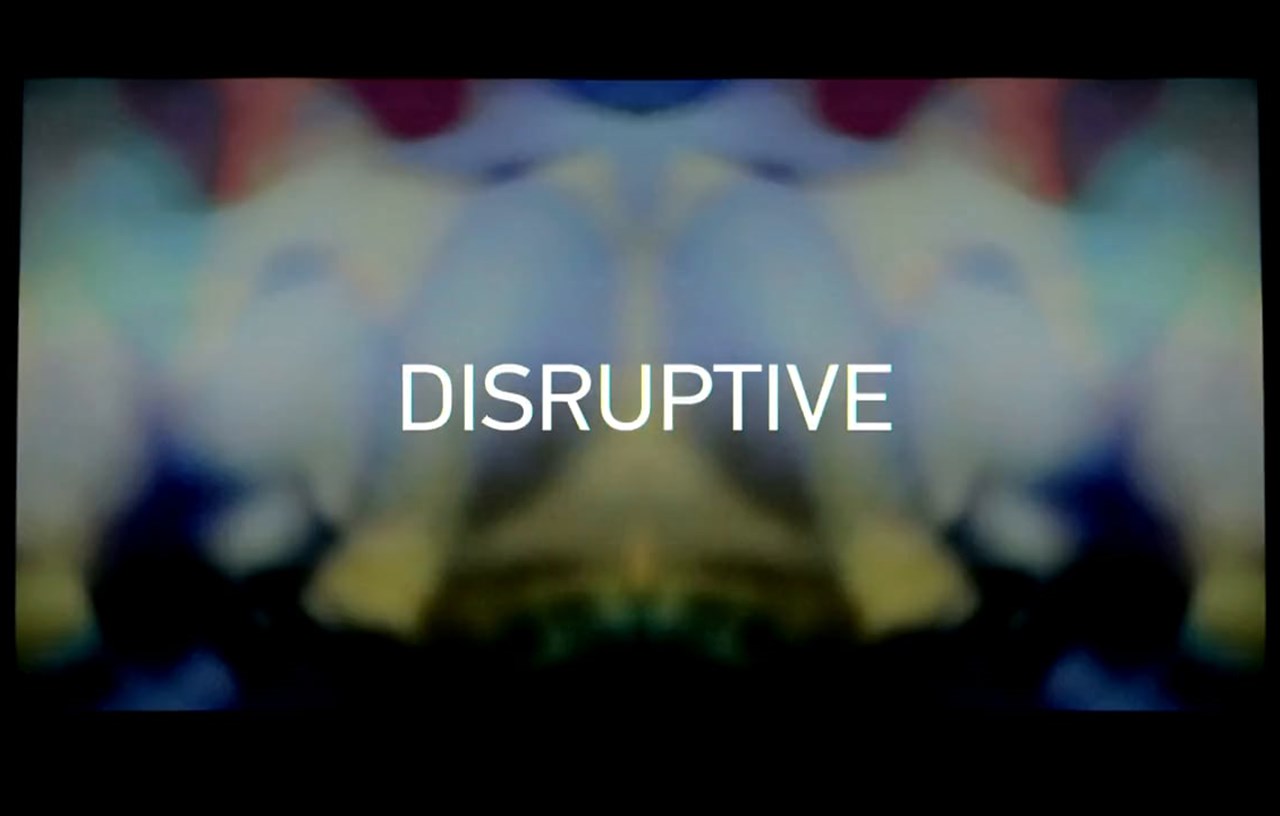


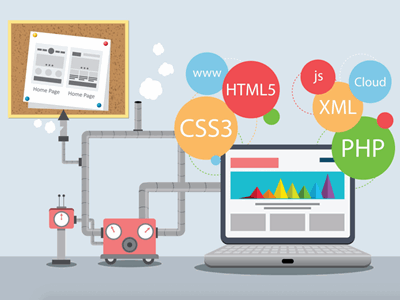


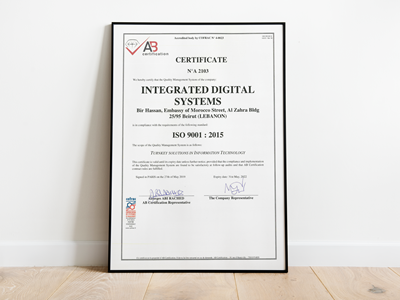

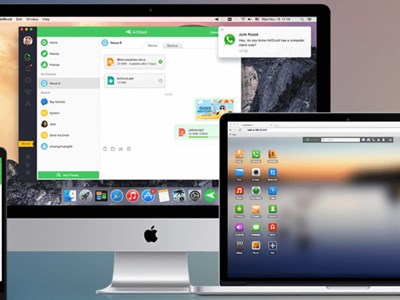
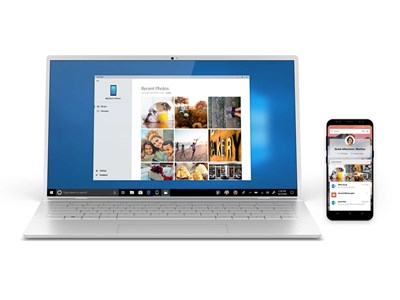

Comments